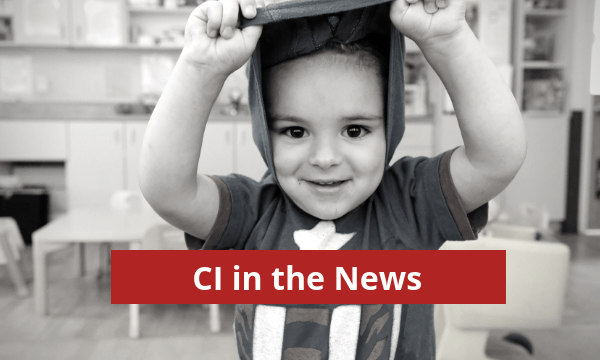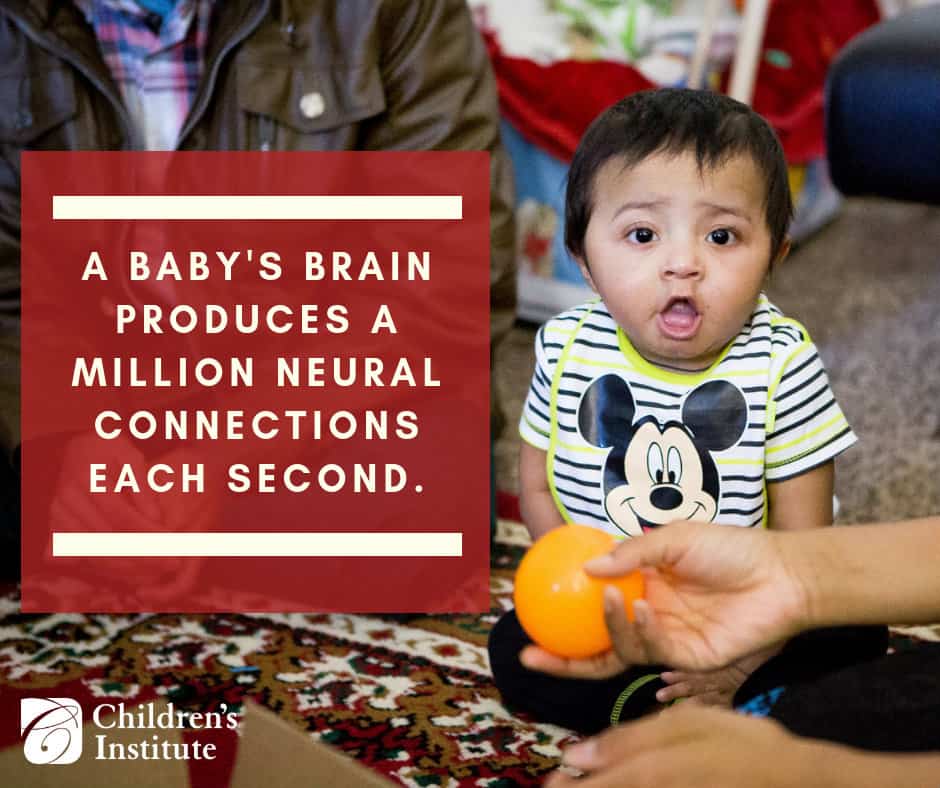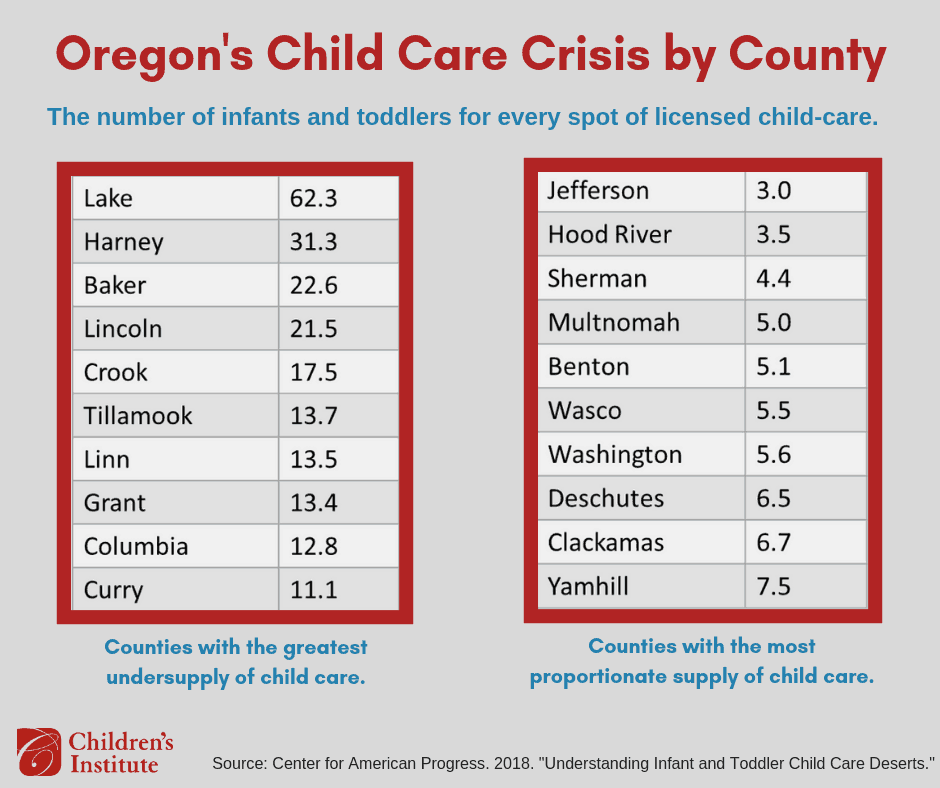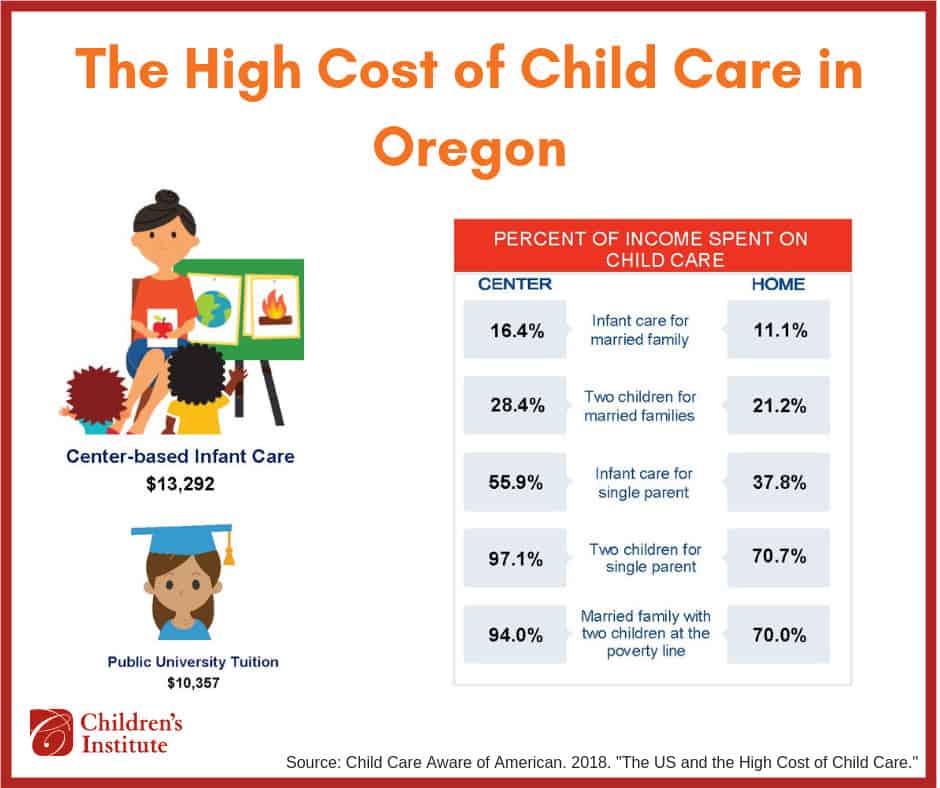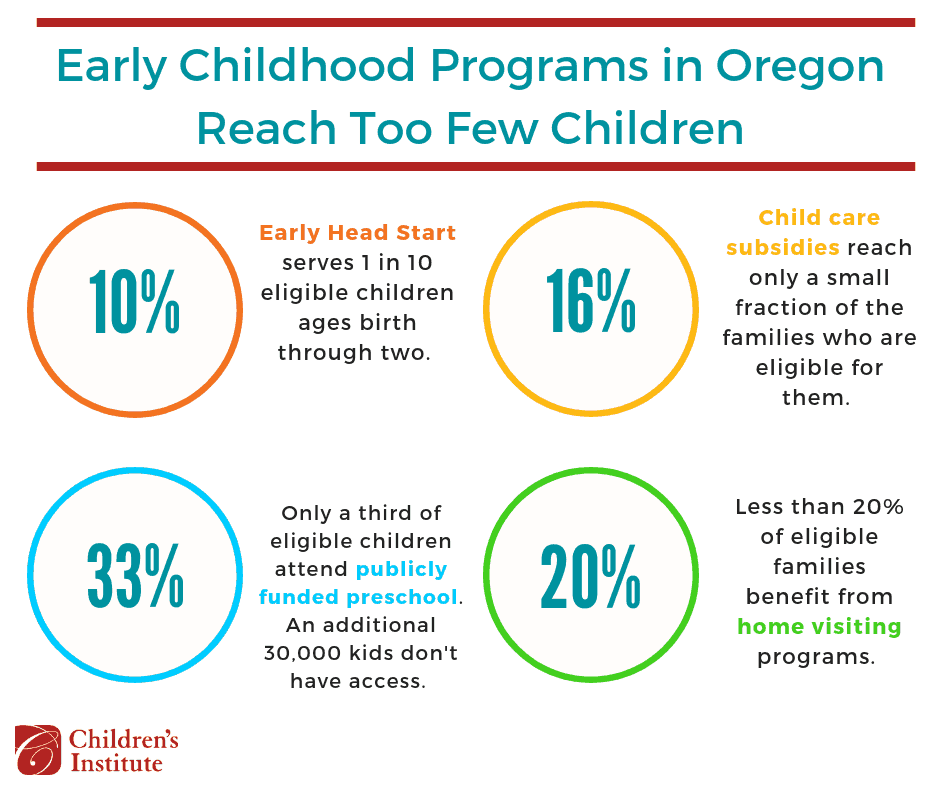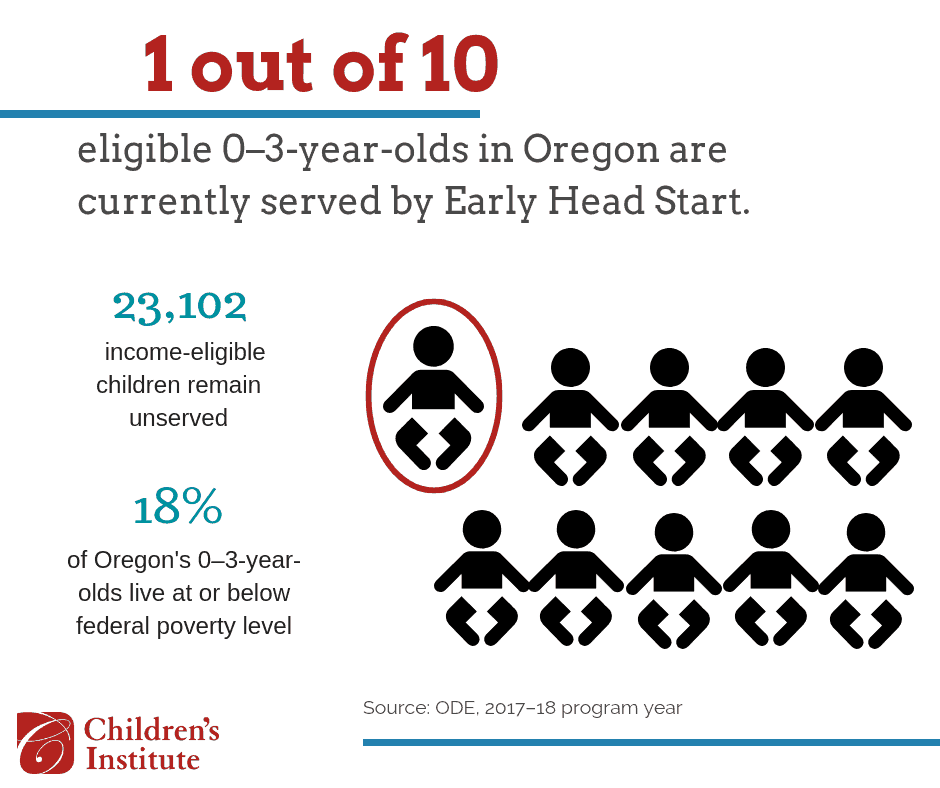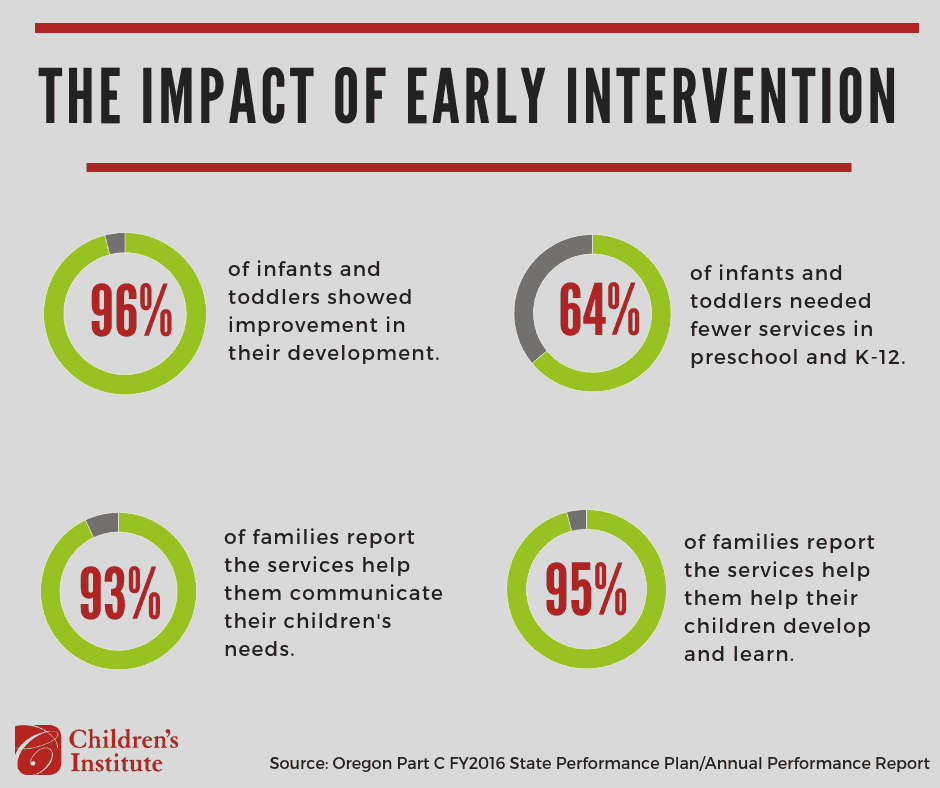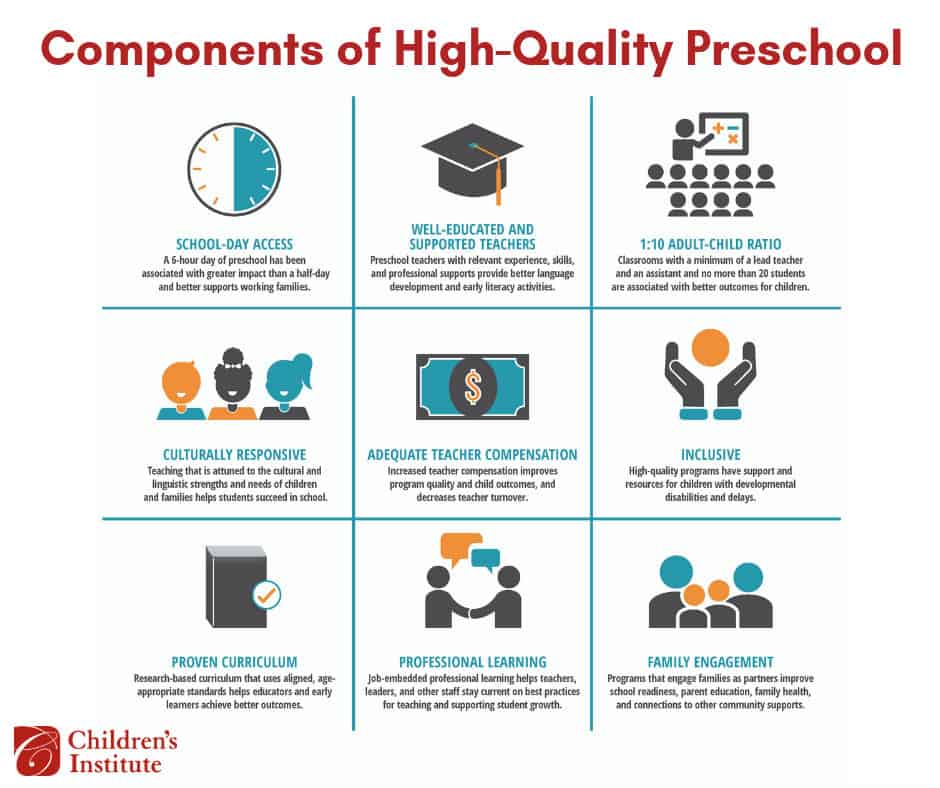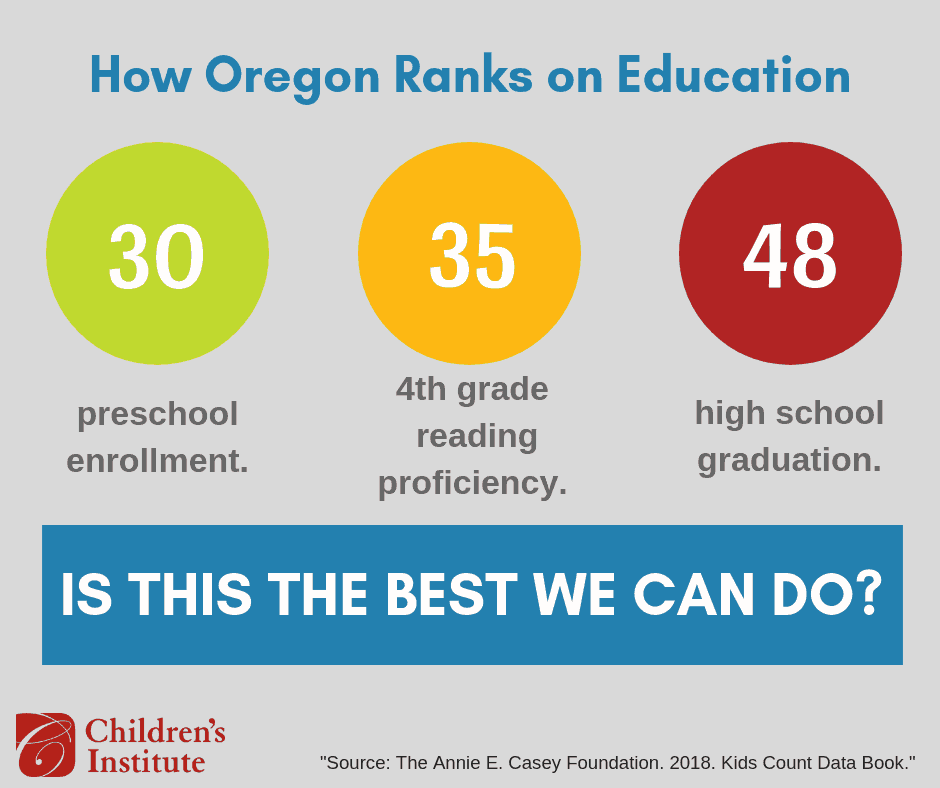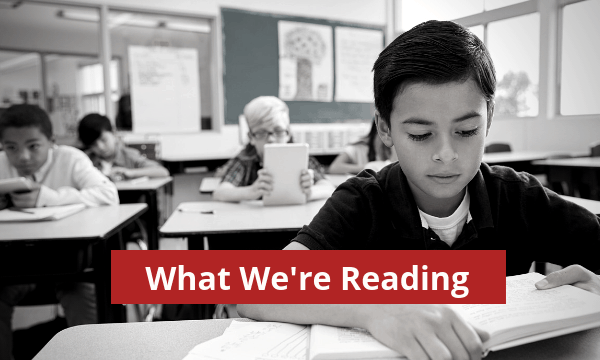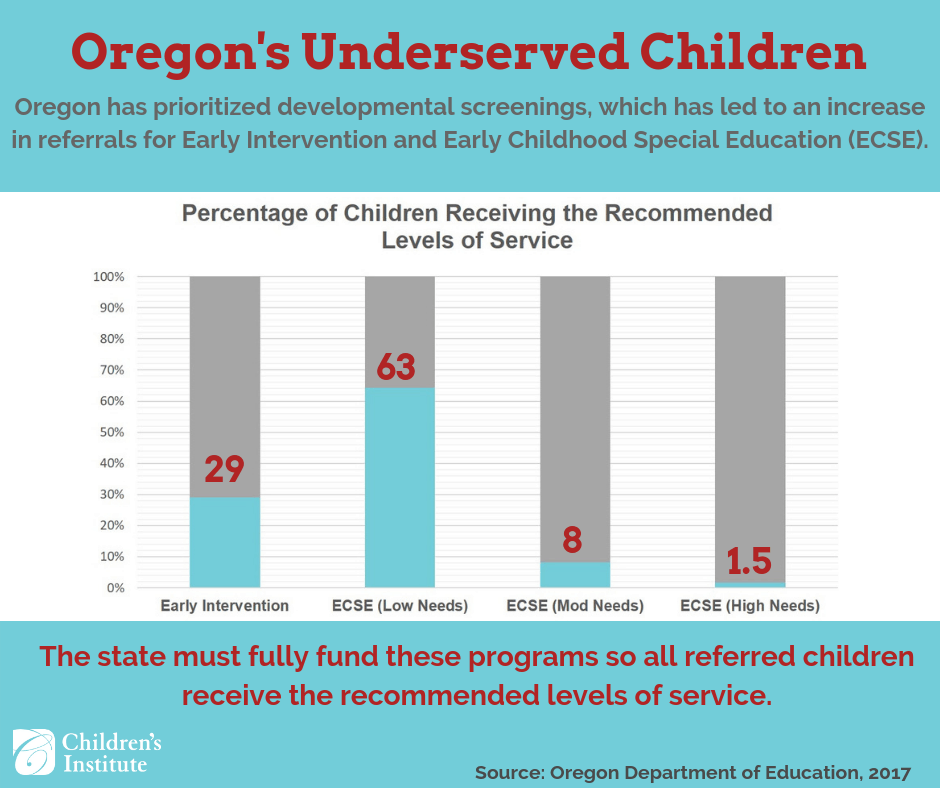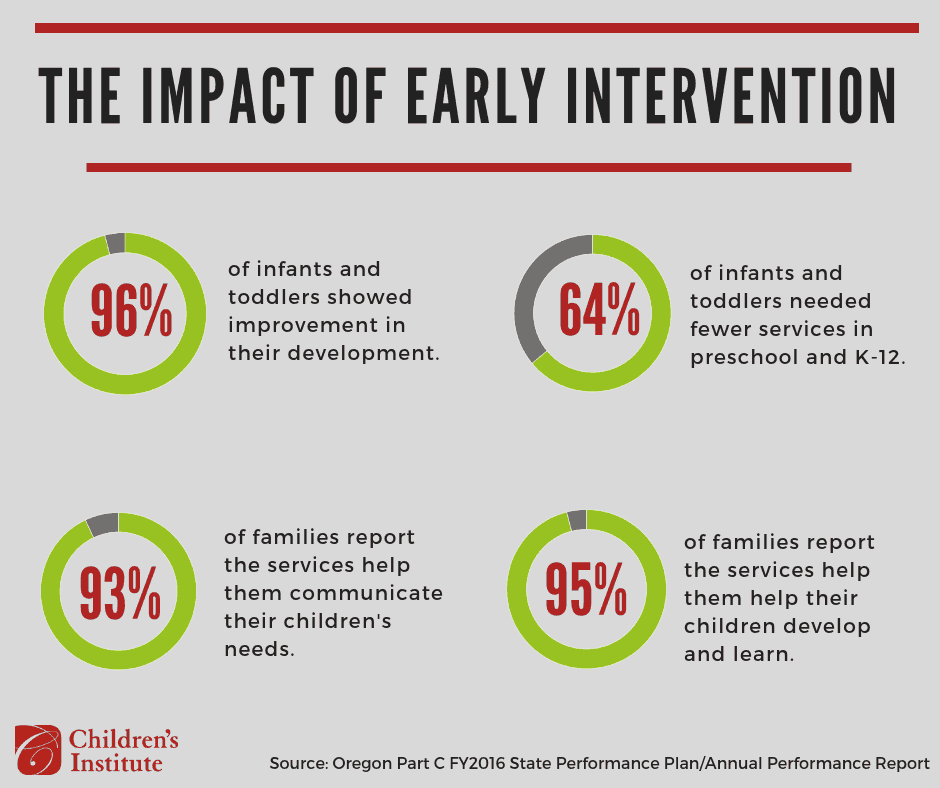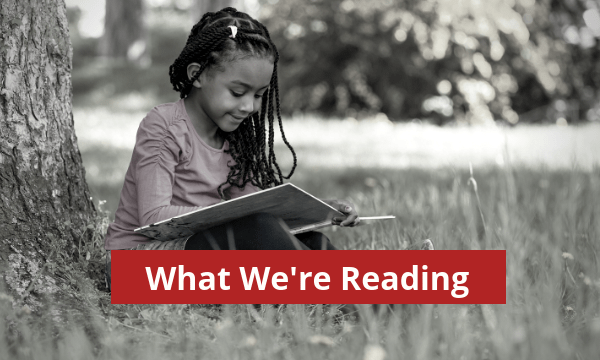
Oregon Awarded a Federal Grant for Birth to 5 Needs Assessments
At the end of December, Oregon was awarded a $4,257,418 Preschool Development Birth Through Five (PDG B–5) federal grant. The funding will allow the state to conduct a comprehensive birth through 5 needs assessment followed by in-depth strategic planning to develop a statewide early childhood system.
“We need better data and a clearer picture of where children and families are, who they are, and how we can help them,” explains Children’s Institute Senior Early Education Advisor Soobin Oh. The needs assessment and subsequent strategic planning will allow Oregon to continue to move toward a coordinated system of early care and education for children from birth to age 5, including in-home and center-based child care, Head Start and Early Head Start programs, Oregon Pre-kindergarten and Preschool Promise, and home visiting services.
The grant comes at a critical time for Oregon: our state is in the midst of a child care crisis and our publicly funded preschool programs reach only a small portion of eligible children. The PDG B–5 grant will enable Oregon to develop a plan for a more comprehensive early care and education system, but implementing that plan will require additional investments from the state. Governor Brown has called for a meaningful investment in our state’s education system in 2019, and we are urging state lawmakers to build on the momentum of this federal grant with state funding for programs and services for children across Oregon.
Learn more about our 2019 policy recommendations.

